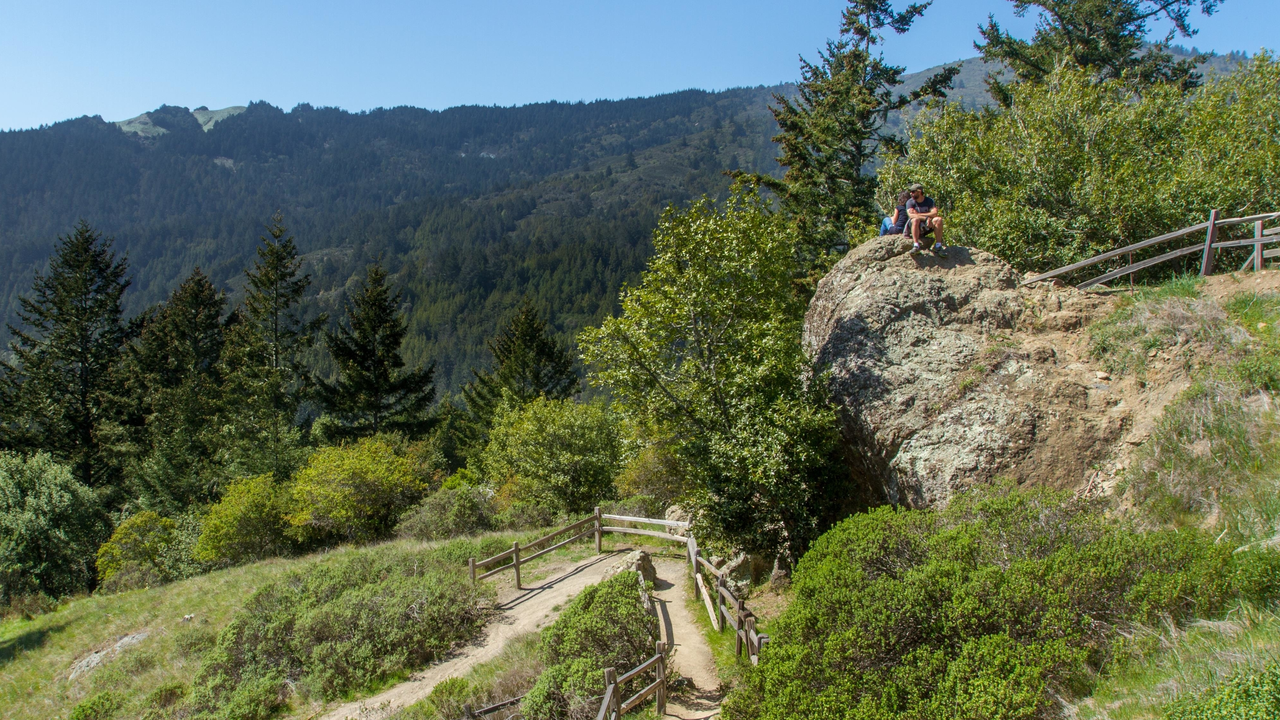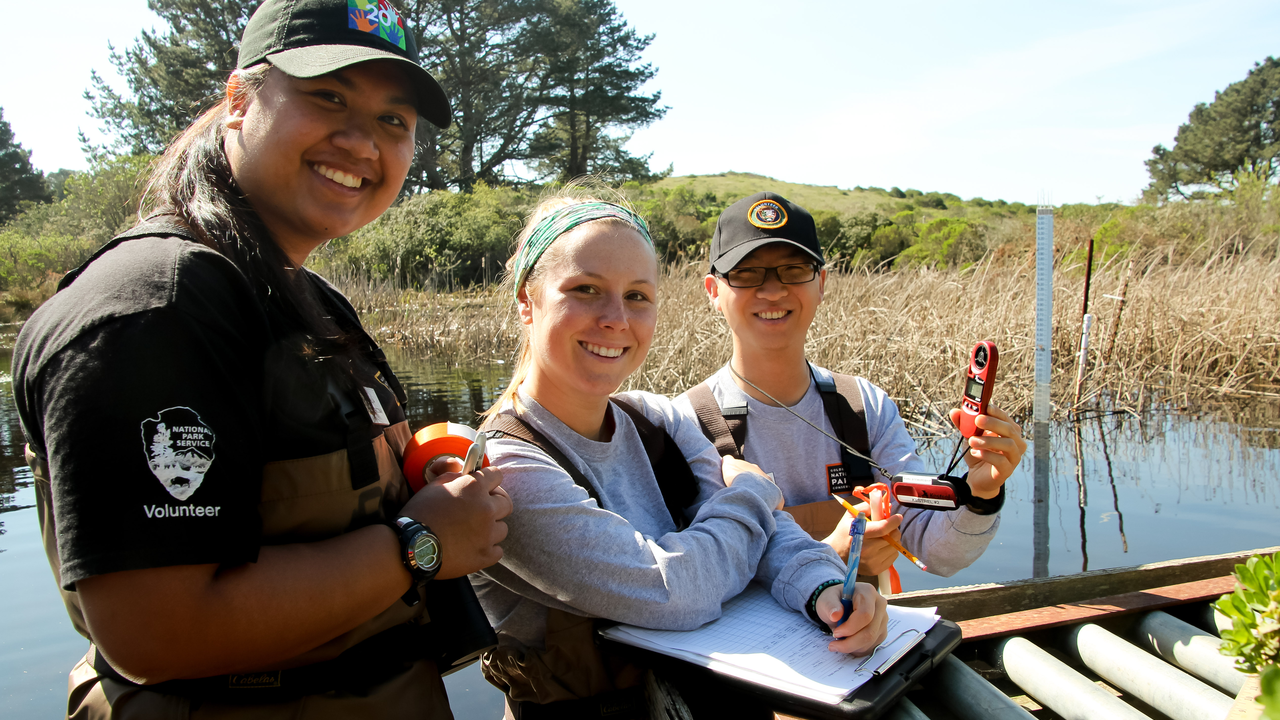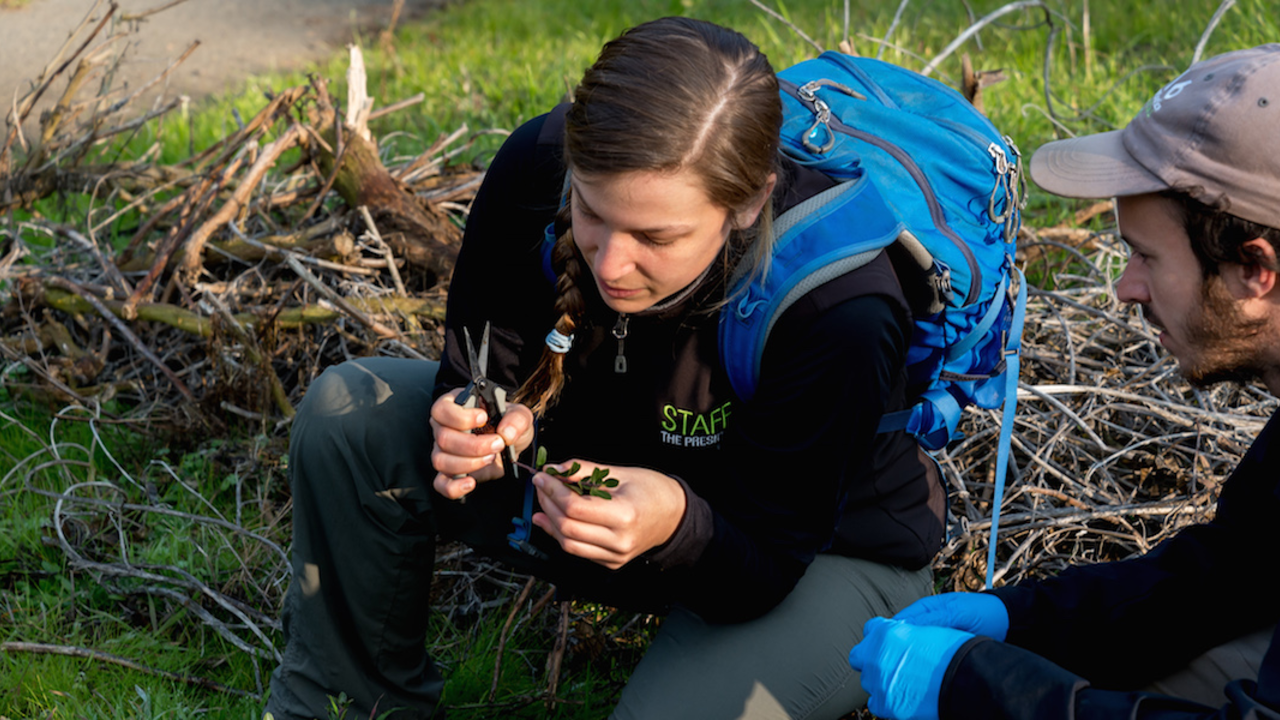The Art of Restoration
Redwood Creek Vegetation Crew creates botanical illustrations while fighting invasive weeds
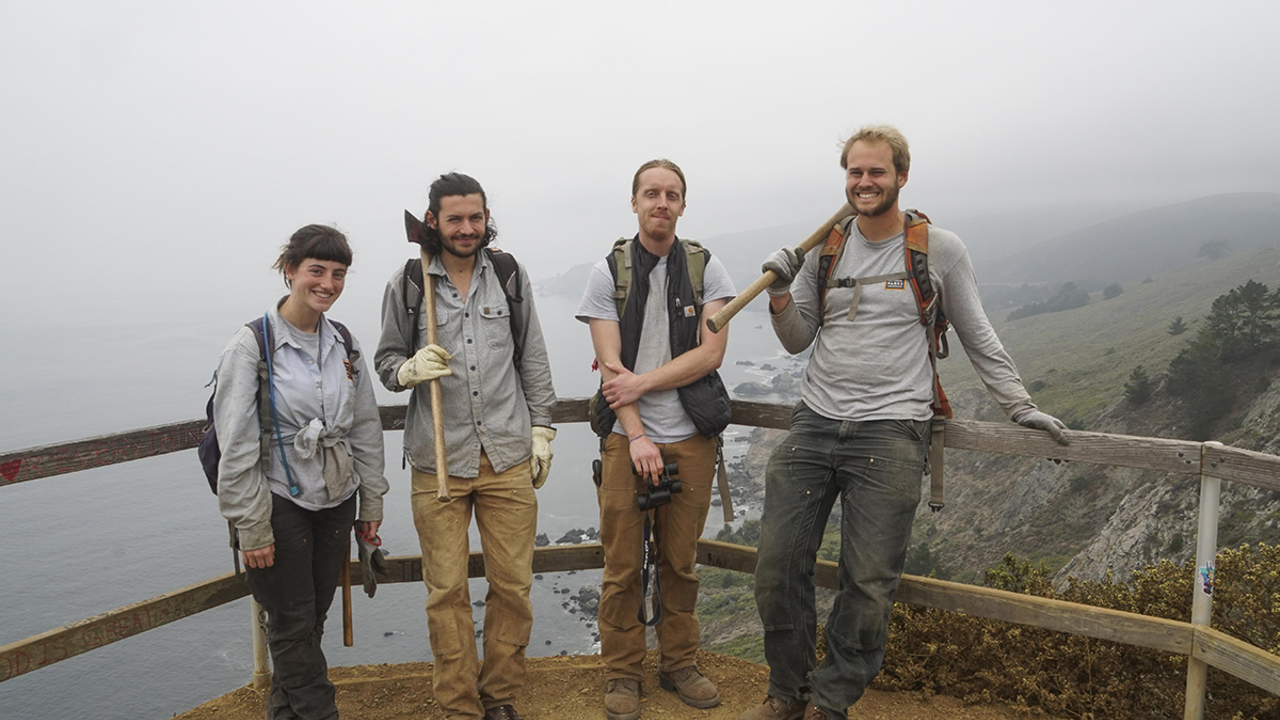
Maritte O'Gallagher/Parks Conservancy
“When we're out in the field—dirt on our faces and under our fingernails, twigs in our hair—my crew and I aren't just filling contractor bags with invasive weeds, we're filling our heads and hearts with little observations about all the life we encounter against the backdrop of the Redwood Creek watershed.”
- Grey Arena, Redwood Creek Vegetation Technician
Every day is a little bit different for the Redwood Creek Vegetation Crew, a team of restoration technicians that takes care of the Redwood Creek watershed as an ecological unit. One day, the crew may don waders and hike through Redwood Creek itself, scanning the banks for a few particularly troublesome invasive plant species. Another could involve bushwhacking through dense scrub and poison oak along the dramatic coastal cliffs near Slide Ranch.
Crewmembers push through physically arduous days in the field to keep invasive plants and noxious weeds from spreading throughout the watershed. They work across federal, state, and private boundaries, caring for the area holistically.
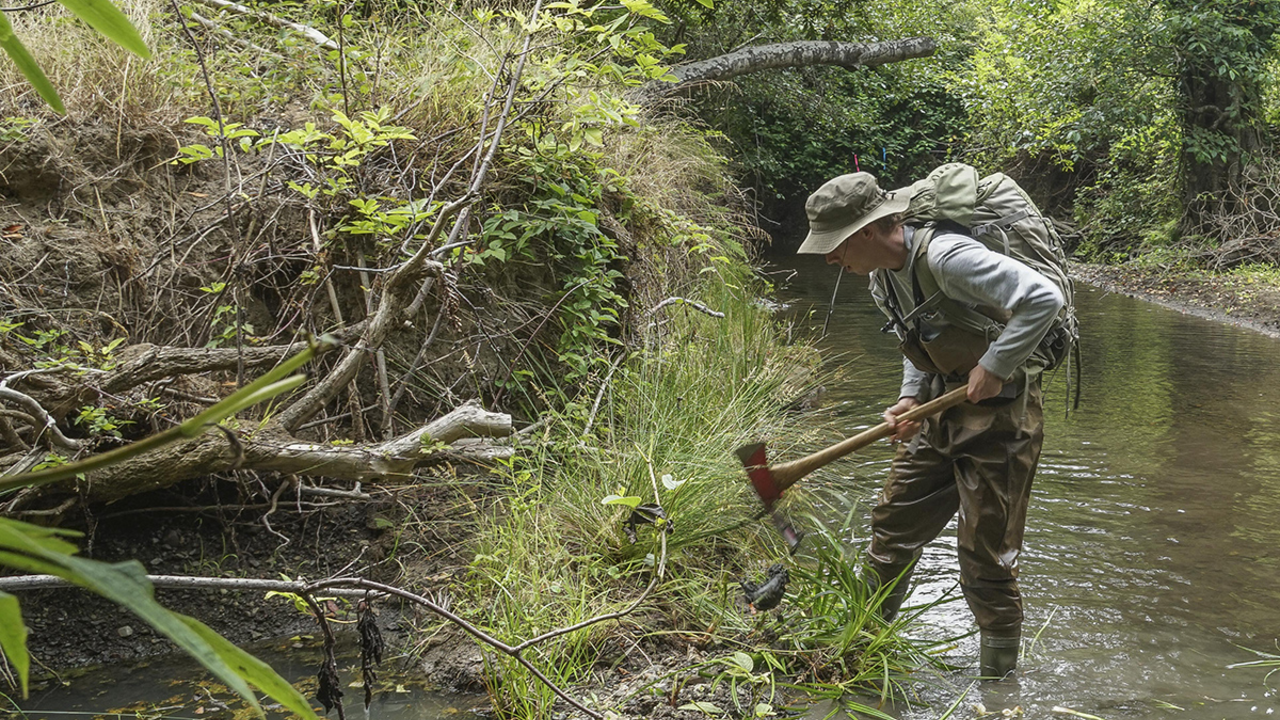
But it's not all muscle. The vegetation technicians all have strong backgrounds in botany and ecology, and pay special attention to the flora and fauna they observe on the job. They share GPS coordinates of their on-the-ground findings of new species with the larger scientific community via Calflora, a statewide network of naturalists. And they go beyond their duties as scientists to share the beauty of the place they care for.
“Everyone on the crew is creative in their own way,” said crewmember Grey Arena. “I think that has a lot of bearing on how we approach our work. We all have strong backgrounds in science, but what we do requires that we be artists as well. More so than the science or the brute force, we approach everything we touch with the aesthetic of the natural system.”
Working on the Redwood Creek Vegetation crew has inspired Arena to create vivid illustrations of plants and animals native to the area, complete with thoughtful descriptions.
"Restoration seems to make philosophers out of everyone,” Arena said. “You have a lot of time to think on a job like this. We find joy in small discoveries that nature reveals to us.”
Explore the field guide to see for yourself the passion these technicians bring to their work.
Illustrated Field Guide to the Flora and Fauna of Redwood Creek
Illustrations and descriptions by Grey Arena, Edited by Maritte O’Gallagher.
Leather Root (Hoita macrostachya)
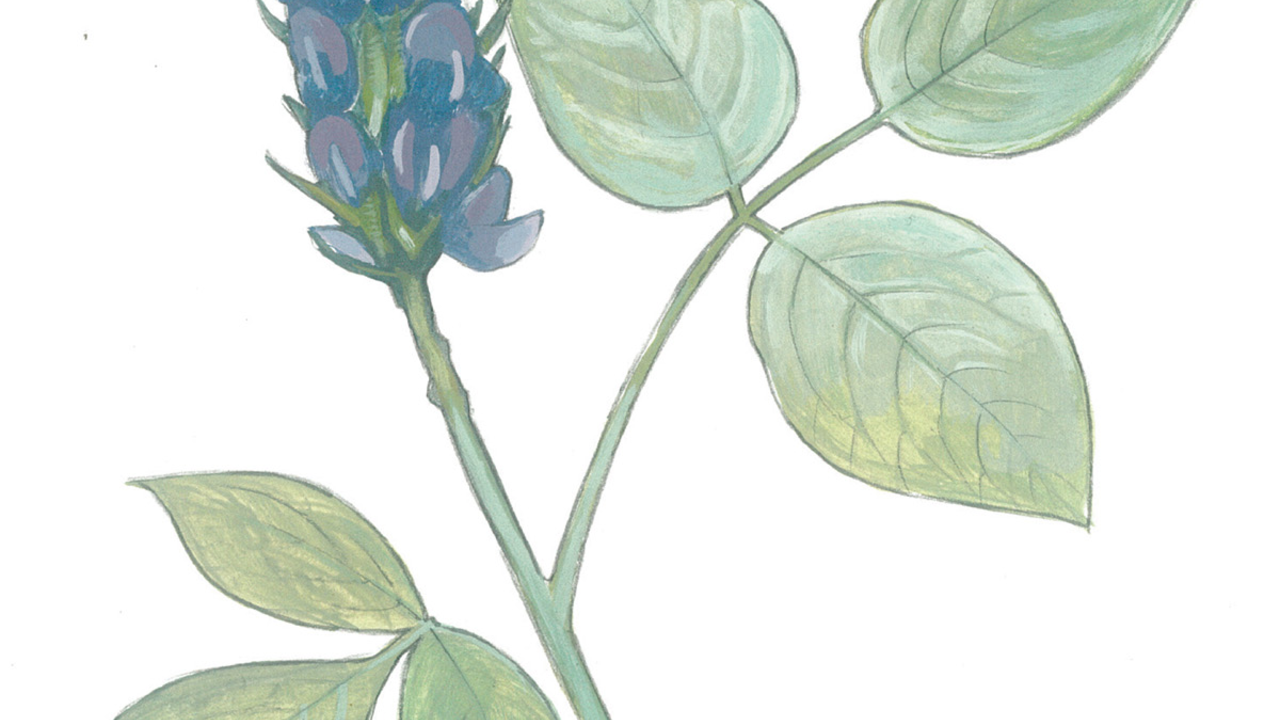
Ranging in height from two to six feet, Hoita macrostachya, or leather root, thrives in dried stream-beds and wet soils. You can identify leather root by its soft tear-shaped leaves, grouped in sets of three. The leaves and stem are covered in delicate hairs, providing a silver sheen. Dense bundles of deep blue and purple flowers develop in late summer. We can ensure the continued success of this species by maintaining the hydrology of the park and preventing erosion.
Western Azalea (Rhododendron occidentale)
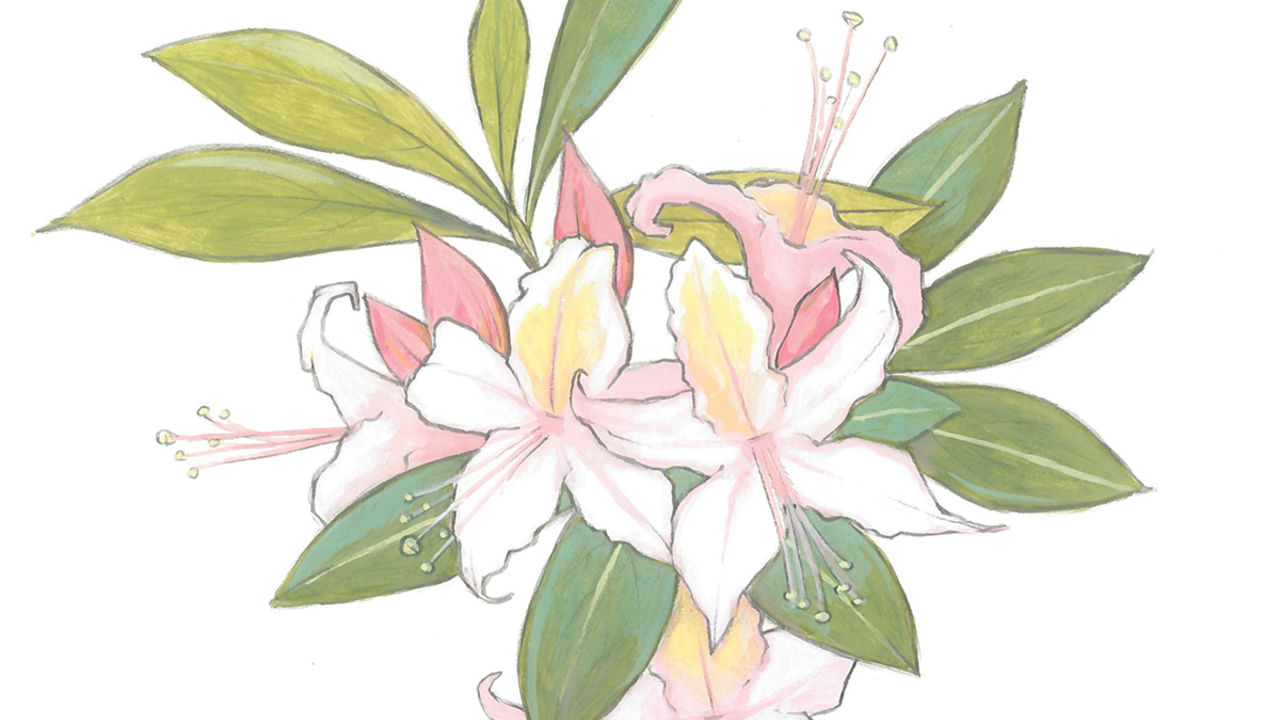
For most of the year, western azalea (Rhododendron occidentale) disappears into the dense green background of the hardwood forest understory. Summer through fall, great bouquets of freckled cream and pink flowers burst forth, calling attention to the shrub's sinuous shape and the velvety deciduous leaves radiating from its stem like spokes on a wagon wheel. Prized for its beauty, visitors in the early 1900s poached souvenirs from their trips to the redwoods to plant in their gardens, depopulating the forest of its splendor and ecological richness. The National Park Service has committed to protecting native species so that plants like the Azalea can be enjoyed by all.
Sonoma chipmunk (Tamias sonomae)
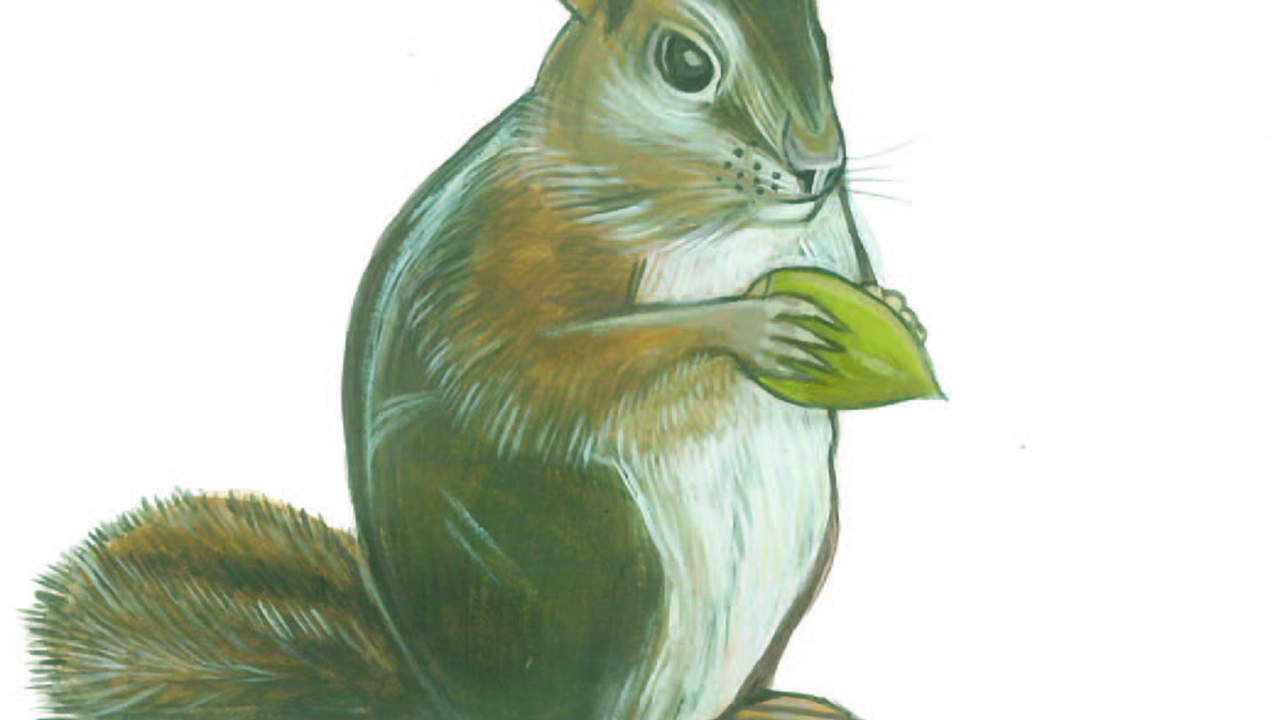
Cautiously seeking refuge in the shadow of the understory, Tamias sonomae, Sonoma chipmunk, scurries with the frantic mechanical movement of a child's wind-up toy. Those fortunate enough to spot this rodent catching its breath can discern nine racing stripes running the length of its back—five black and four grey—from what is an otherwise bewildering blur. The species is endemic to California north of the Golden Gate, with the protected lands of Marin forming its southern range.
Bobcat (Lynx rufus)
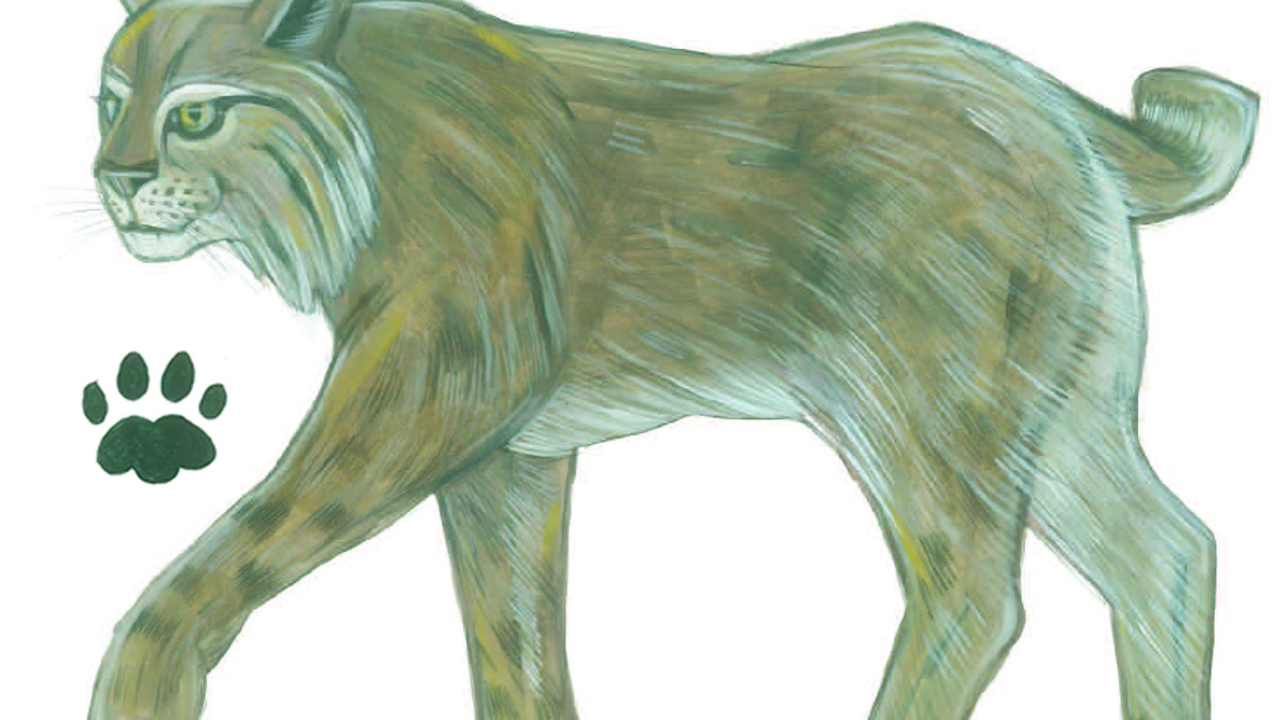
With a tawny, mottled coat that hangs from its muscular body like a shag carpet, the bobcat (Lynx rufus) easily disappears into the chaparral and tall grasses where it prowls for unsuspecting birds and small mammals. Though it’s not much larger than a house cat, this predator sports back tuft ears and a short tail which bobs about with careless abandon. With the territory of a single bobcat ranging between six and 60 miles, vast unpartitioned landscapes such as those maintained at the Golden Gate are critical to the success of this species.
American Kestrel (Falco sparverius)
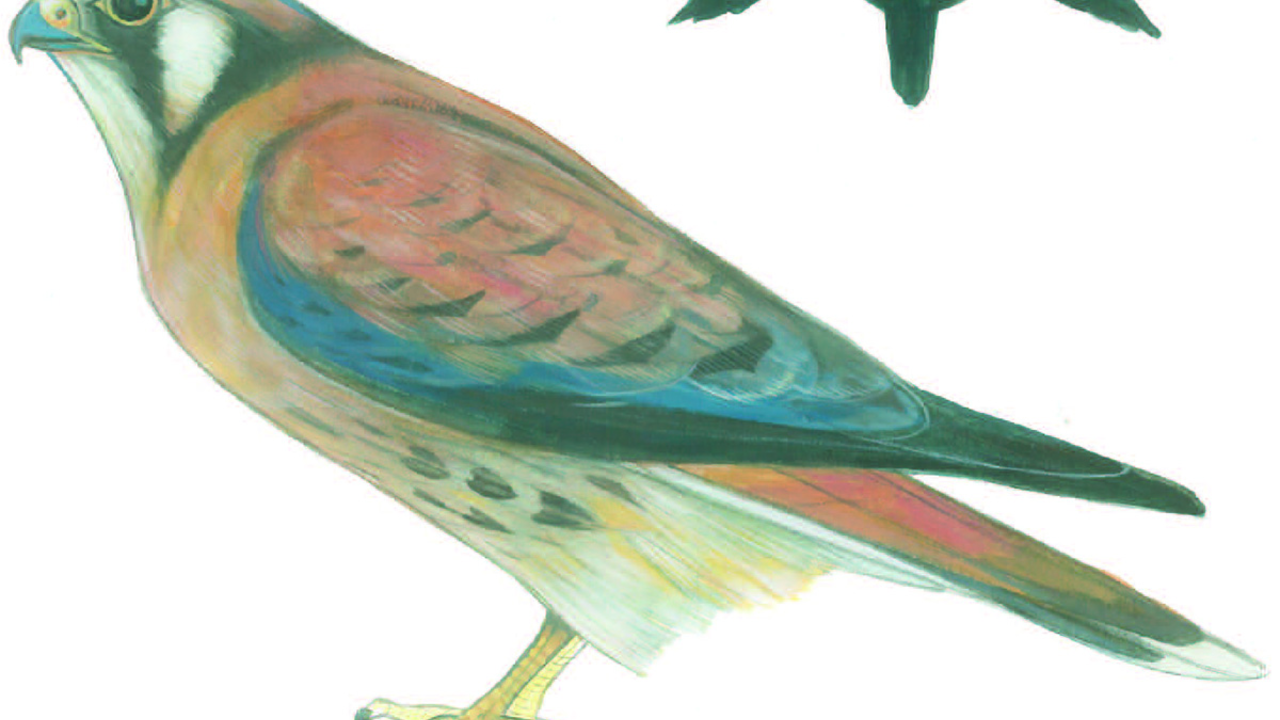
Even from the highest perch, the American Kestrel's teal and rust mantle and black-streaked cheeks make it distinct from other raptors. North America's smallest falcon is well-adapted to urban settings and widespread throughout California. It prefers snags and dead trees to raise its young—habitat structures which the parks work to protect.
Serpent orchid (Epipactis gigatea)
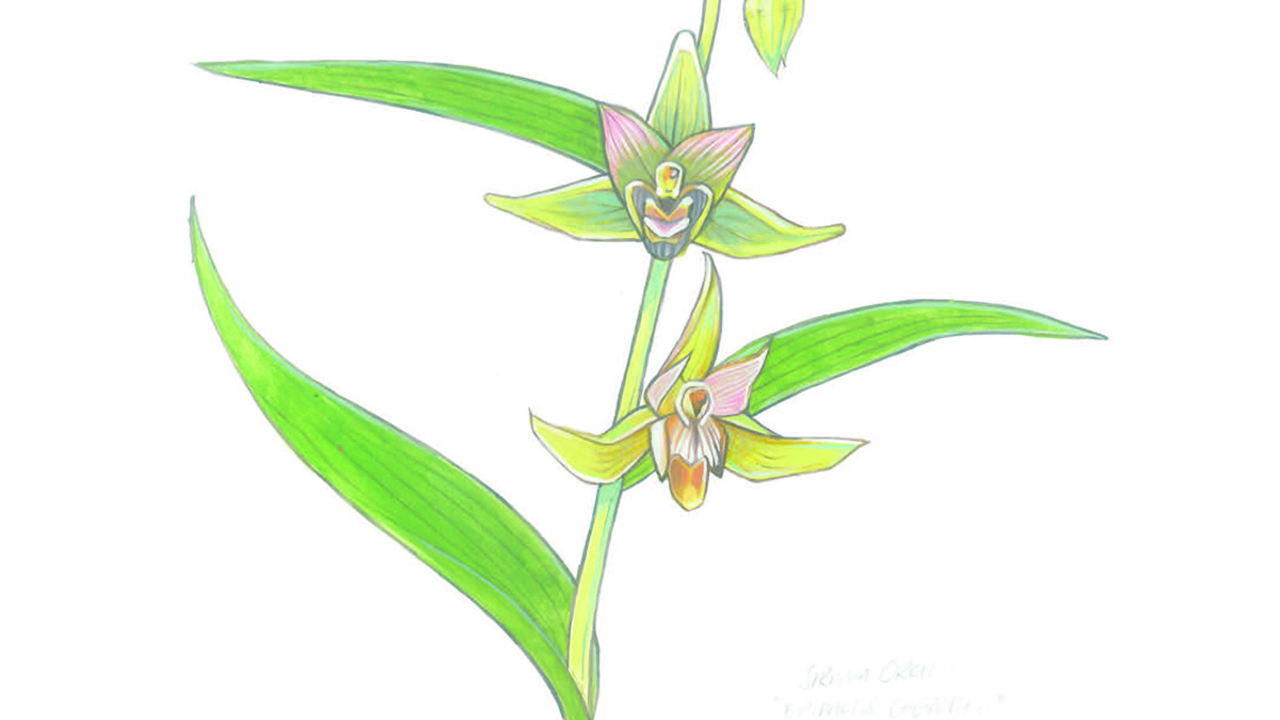
The serpent orchid's thick waxy leaves and flowers, shaded green and muted pink, create a dramatic and unusual display. This orchid makes its home in the seeps and springs of Mount Tamalpais, which offer retreat for those species that cannot tolerate the dry, Mediterranean summers of the Central Coast.
Snowcamp (Spiranthes romanzoffiana)
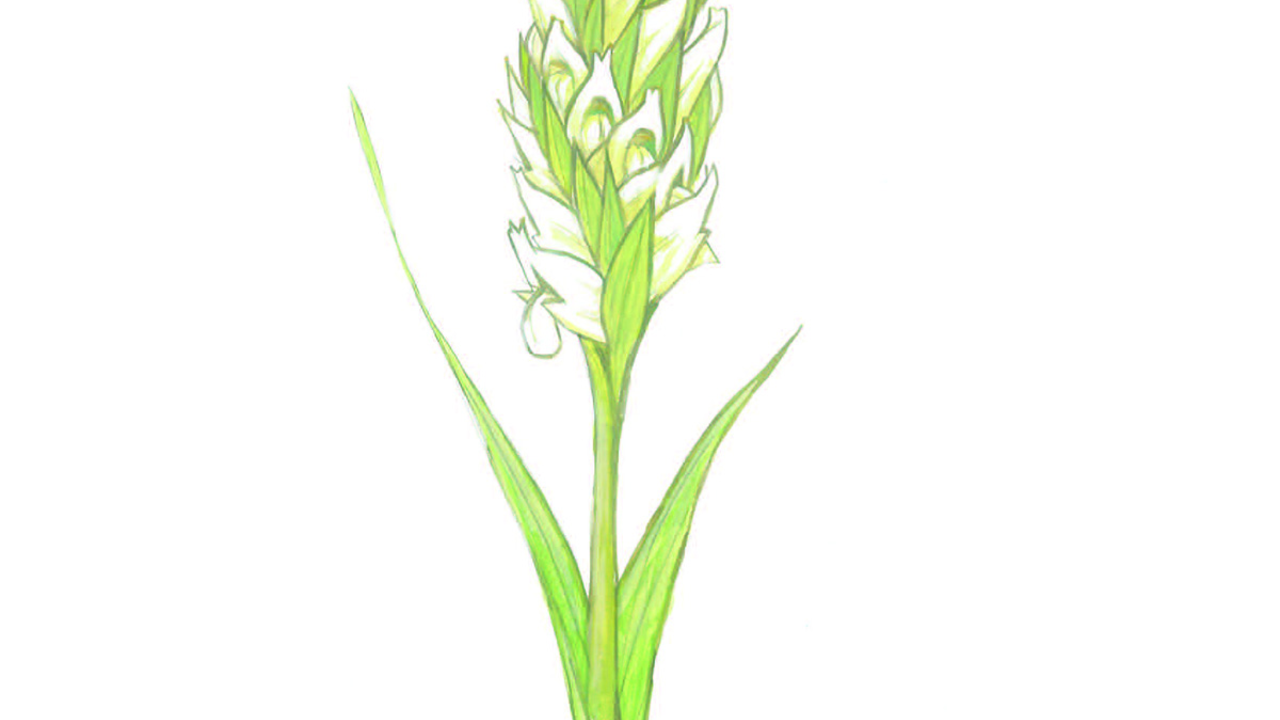
You can find Snowcamp's incandescent spires of small white geometric flowers peering through the greying thatch of Marin Headlands grassland habitat throughout the fall.

